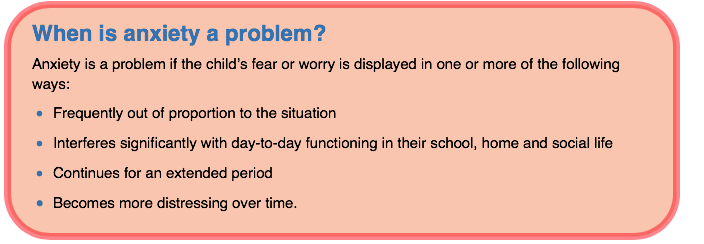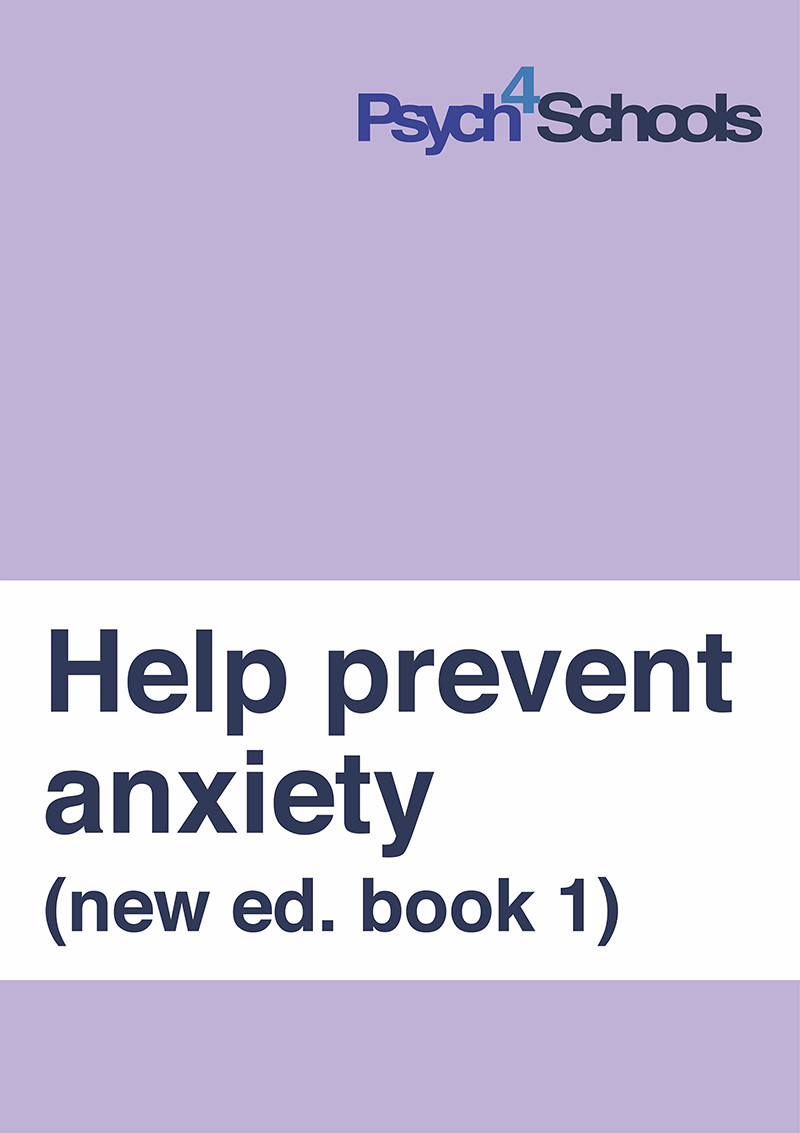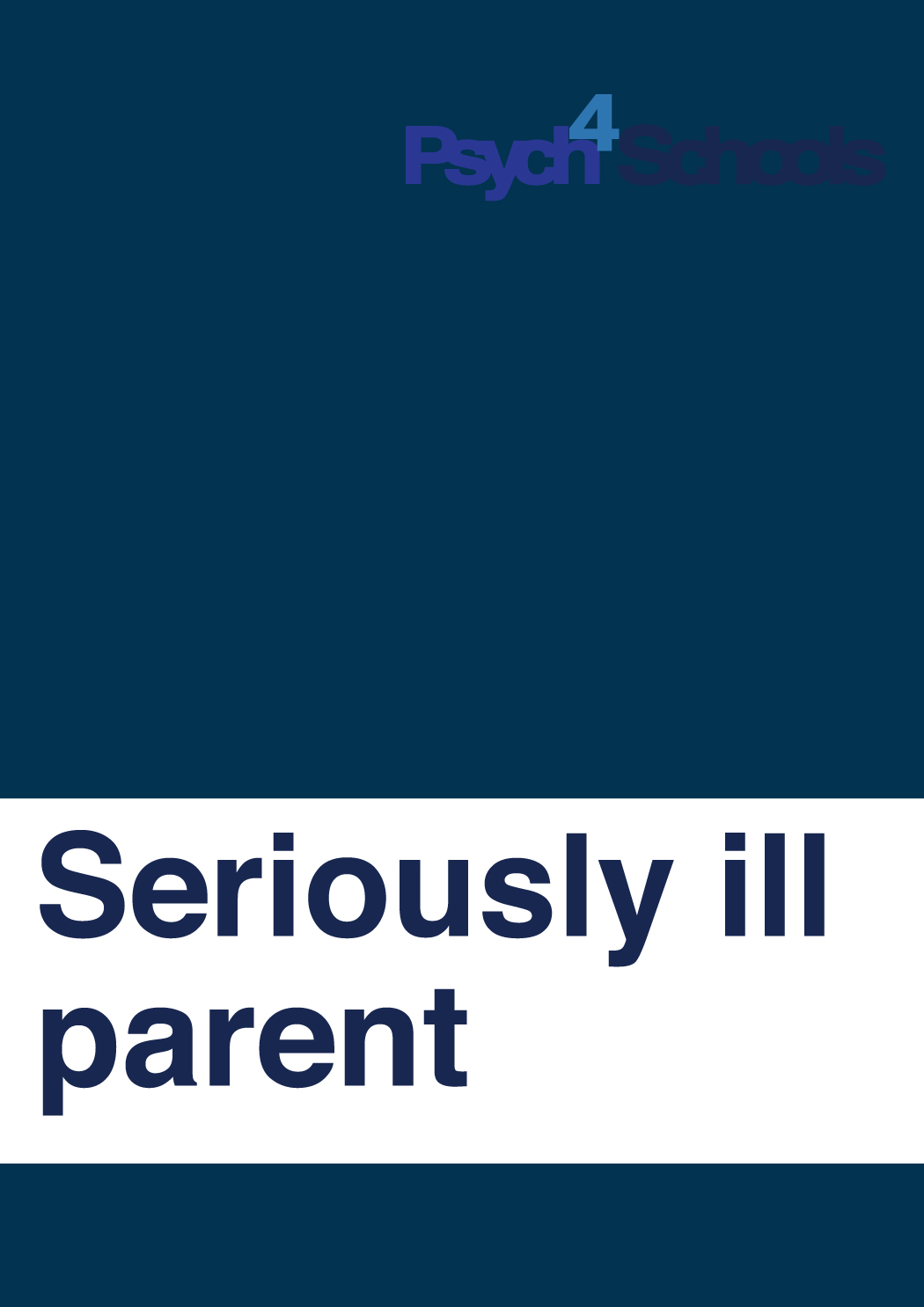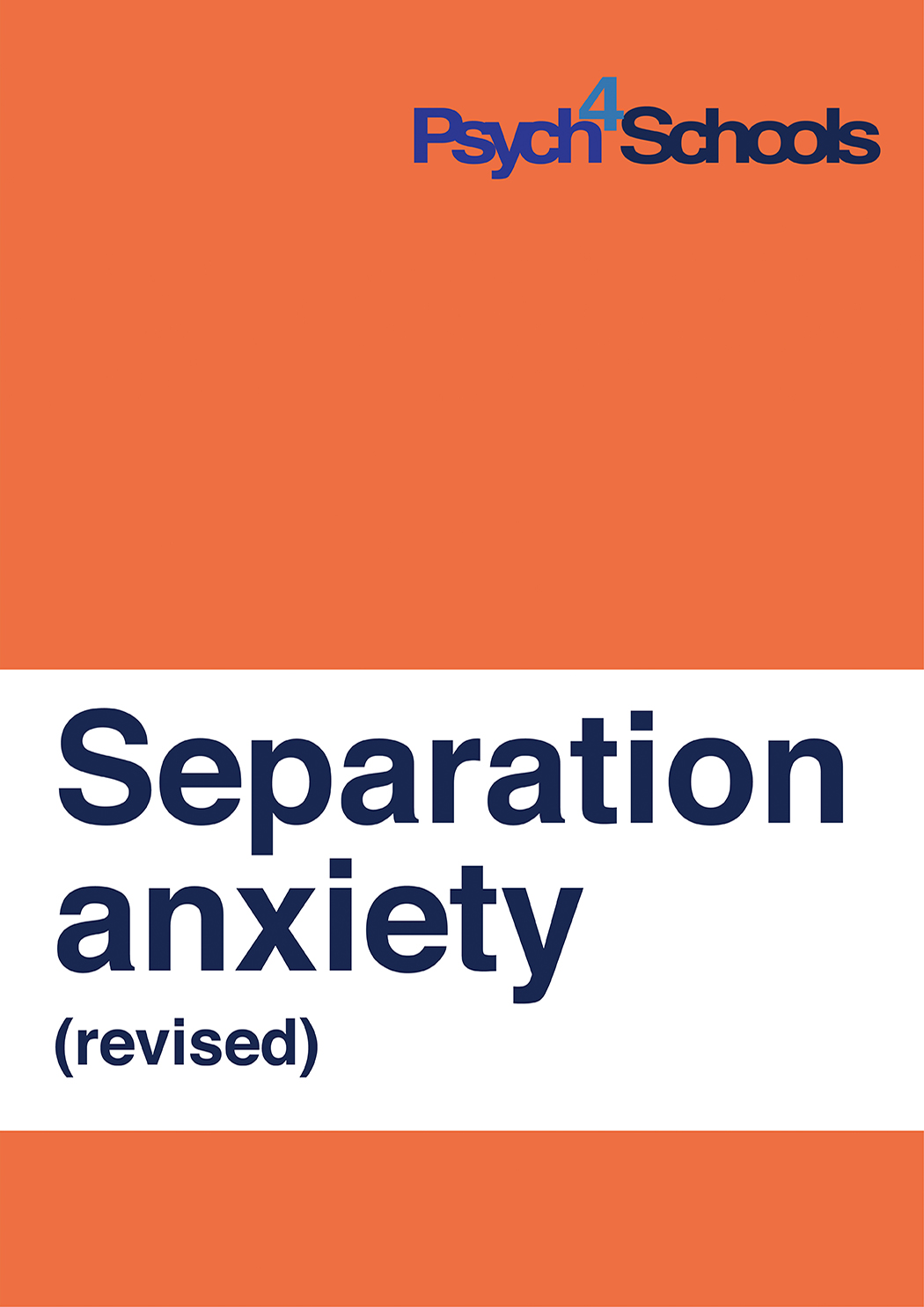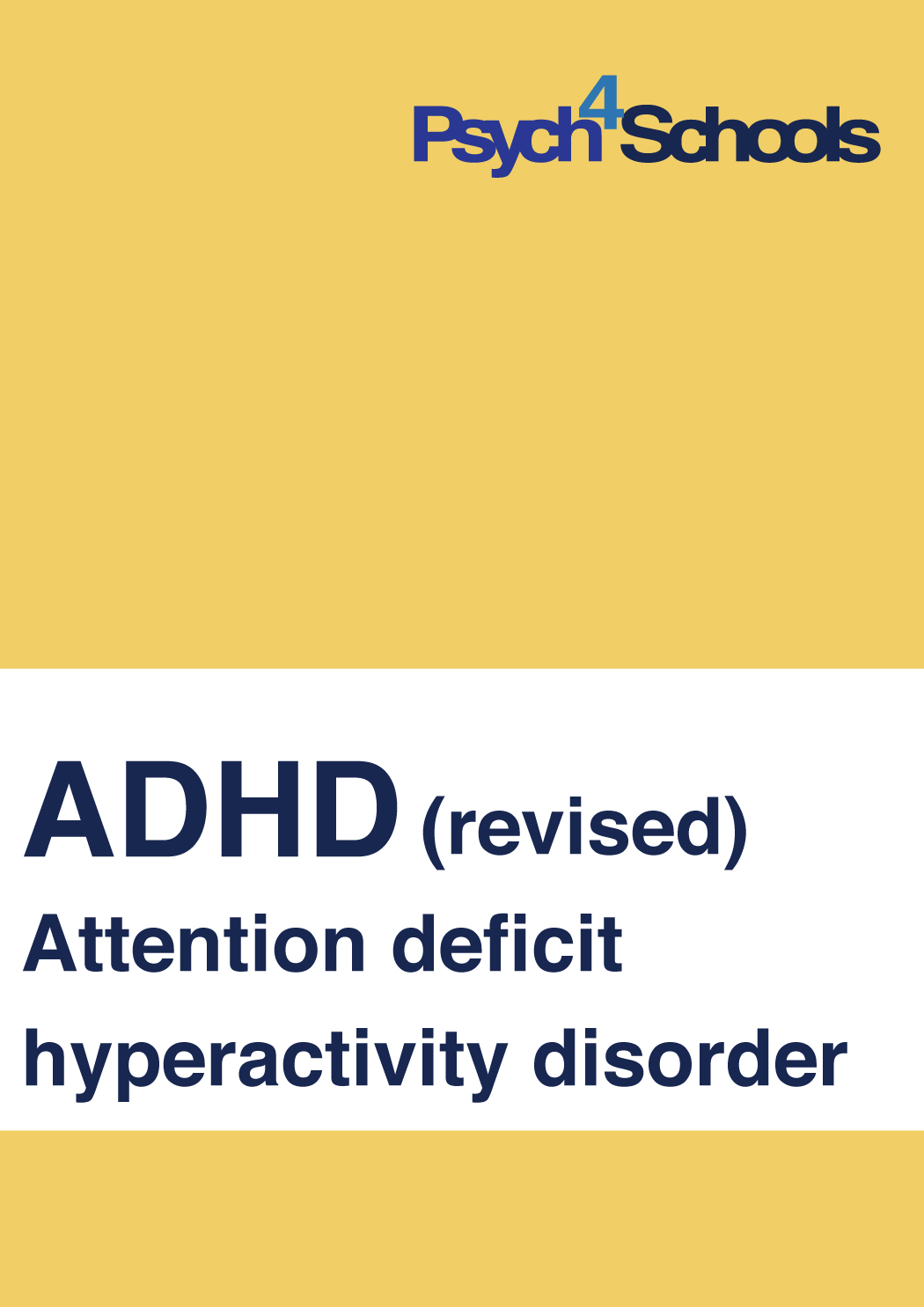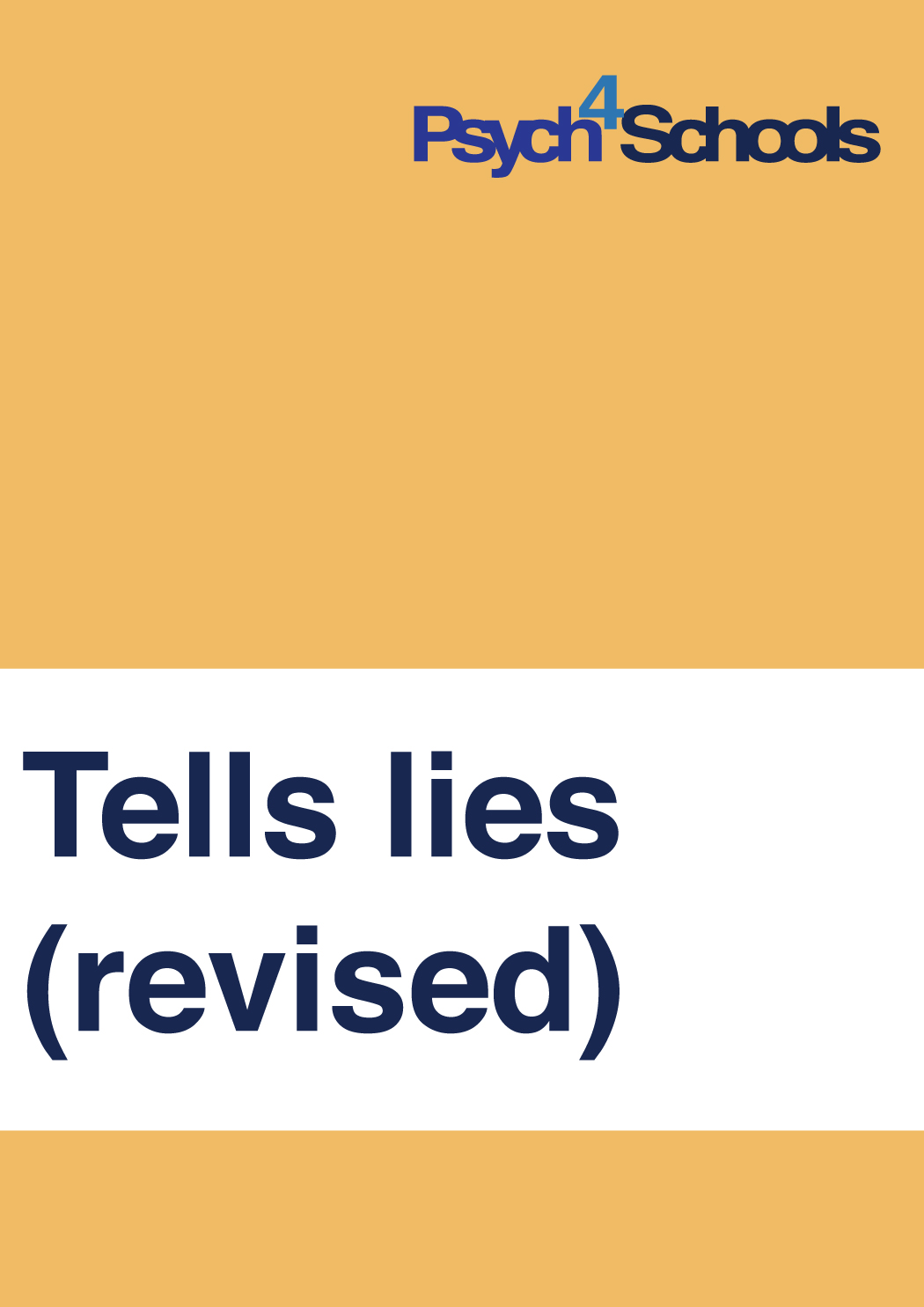Help prevent anxiety (new ed. book 1)
This ebooklet provides a brief overview of anxiety and a wide range of strategies teachers and other school professionals can use to help prevent and reduce anxiety in children in the classroom.
Introduction
Australian school psychologists have identified anxiety as the most common issue encountered in their work with students and their families in primary schools.[1] One in five children and adolescents have elevated symptoms of anxiety.[2] Early intervention is key to promoting positive mental health and strong learning outcomes.
This ebooklet provides a brief overview of anxiety and a wide range of strategies teachers and other school professionals can use to help prevent and reduce anxiety in children in the classroom.
Relevant strategies can also be easily adapted to be included in student’s Individual Learning Plans and in the recommendations section of psychologist’s reports.
These strategies are designed for use with students in primary and junior secondary schools.
Children and anxiety
Anxiety is an emotion that most people experience at some time in their lives. It is the feeling of apprehension that comes from the belief that something bad will happen that you will be unable to manage or control. Anxiety becomes a problem for children when it is experienced most days for a prolonged period of time ; and interferes with daily functioning including learning, play, sleep and enjoyment of life.
Australian school psychologists have identified anxiety as the most common issue encountered in their work with students and their families in primary schools. One in five children and adolescents have elevated symptoms of anxiety.
There is often no single cause of anxiety. Risk factors include having a parent with anxiety, stressful life events, health issues, frequent lack of sleep, neurodevelopmental disorders, learning disabilities, giftedness, and temperament. For further information see Overview of children more vulnerable to anxiety, in the Anxiety resources package in the Member’s area.
Anxiety is often not recognised in children
Many anxious children are not recognised, treated or appropriately supported.[1] For some this may be because they display behaviours that are not always associated with anxiety, such as:
- Avoidance and hesitance which can be easily overlooked. [2]
- Internalising of feelings and withdrawing within themselves, which can be misinterpreted as shyness or preferring their own company.
- Perfectionism and being overly compliant, both of which are less likely to draw adult attention, compared with children who are disruptive.
- Anger or aggression, which may mask anxiety as the underlying issue, particularly in adolescents, and children with neurodevelopmental disorders such as autism.
- Slowly falling behind peers academically, which can be difficult to notice until the effects on learning and achievement become pronounced.
- Advanced cognitive skills, which may not be initially recognised. Giftedness is not routinely assessed, and early predicators of giftedness may have been overlooked. Gifted children are more prone to worrying about social justice issues, may be sensitive to others, may need help to learn how to prioritise work and can be perfectionistic. This can put them more socially and emotionally at risk than same-aged peers. However, the gifted child may hide their anxiety.
Outline of this ebooklet
This ebooklet is part of a two-book series. This ebooklet aims to about help prevent and reduce anxiety. The second Psych4Schools ebooklet, Working with children who are anxious, outlines strategies to support the child diagnosed with an anxiety disorder and those who are anxious.
| Children and anxiety | Pages 3 – 8 |
| Strategies to help prevent and reduce anxiety | Pages 9 – 14 |
| Individual factors | Pages 15 -17 |
| School pressures | Pages 18 – 20 |
| Resources | Pages 21 – 25 |
How is anxiety different from worry or stress?
Stress is experienced when personal and situational demands place undue pressure on the resources that help a person to cope, such as emotional control, physical health and sense of connectedness with others. Prolonged stress can lead to a number of psychological and physical illnesses, including anxiety.[1]
All children worry at times. They may worry about possible future events, such as failing a test, being humiliated, or having a parent die. They may also worry about what they have said or done in the past, such as arguing with a parent, sibling or friend, and the impact it may have now and in the future.
The main difference between anxiety and worry is the frequency and severity of symptoms. Anxious children worry excessively each day over a period of four weeks or more [2] in ways that significantly interfere with daily living and result in persistent physical or psychological symptoms. Children with high levels of anxiety are often unable to identify the causes of their anxiety.
Anxiety can affect learning
Anxiety is not always a problem. Mild anxiety can serve as a motivational tool encouraging children to do more or learn new things.[1] High levels of anxiety on the other hand, significantly impede learning and reduce cognitive capacity. This means the ability to think logically and rationally and to solve problems is diminished.
The physical and psychological symptoms associated with anxiety make it very difficult for the child to focus on anything but their anxious thoughts and accompanying physical responses, such as nausea or having an increased heartbeat. As a result, anxiety affects memory and concentration and thus interferes with learning. It also disrupts relationships with peers, which can lead to a decreased sense of self-worth.
Anxiety can lead to task avoidance and lack of confidence. A child’s self-doubt about their capacity as a learner may reduce their school performance and engagement.
Highly anxious children are primed to react to any small ‘risk’ or ‘danger’. As a result, they have difficulty relaxing and learning through active listening and observation. Moreover, when tasks require physical and mental effort beyond their capabilities, high levels of anxiety can cause overload, leading to panic, fear, anger, withdrawal and tears. In some cases, aggression and violence may follow.
Anxious children are more likely to drop out of school during mid to late secondary years. Nearly half of anxious adults report leaving education early, with about a quarter subsequently indicating anxiety as the primary reason.[1]
Anxiety is often a precursor to depression. Contact parents if you are concerned that a child may have a problem with anxiety, is often unhappy, or reports having problems with sleep. A referral to a doctor or psychologist may be recommended to parents to assist the child. In some cases, the practitioner may diagnose an anxiety disorder, and create a tailored treatment plan for the child.
For a brief description of the anxiety disorders most commonly experienced by primary and secondary school students see Common ways anxiety can present in children, in the Anxiety resources package in the Member’s area.
Indicators that a child may be experiencing anxiety
When children are anxious, they perceive a threat to their safety or wellbeing. This generates an alarm response in the body that activates the sympathetic nervous system. The sympathetic nervous system primes the body to survive; focusing attention on fighting or escaping from the threat. This is often referred to as the fight, flight or freeze response. Experiencing several of the following conditions and behaviours may indicate that a child is experiencing anxiety.
Physiological
- Increase in heart rate
- Nausea or ‘butterflies in tummy’
- Poor appetite
- Tense muscles
- Rapid or difficulty breathing
- Sweating
- Headaches or pain
- Diarrhoea
- Body shakes
- Lump in the throat
Behavioural
- Avoiding of the feared situation
- Frowning or giving worried or distracted looks, using darting eye movements, slouching or adopting a withdrawn posture
- ‘Freezing’ and being unable to complete a task or action
- Withdrawing from others
- Having difficulty complying with social norms
- Acting aggressively
- Being passive or unassertive
- Being bossiness, or over-controlling
- Having difficulty expressing themselves
- Having difficulty concentrating
- Fidgeting or restlessness
- Clinging to others
- Crying
Psychological
- Worrying excessive about a situation and ability to cope
- Feeling unsafe, vulnerable and hyper-sensitive
- Displaying irrational thinking (‘If I don’t get into district finals this year, I’ll never get into a district final!)
- Interpreting neutral or ambiguous situations as threatening or dangerous (‘The teacher wants to see me at the end of class. I bet I’m in trouble and I’ll get detention.’)
- Anticipating a negative outcome for future events (‘I’m going to fail the test.’
- Exaggerating or misinterpreting the level of threat or danger in a situation (‘John’s yelling is really bad. I need to run away.’)
- Over-estimating the likelihood of something going wrong (‘What if I get sick and faint on the bus?’)
- Under-estimating ability to cope with the situation alone (‘I need Mum; I can’t cope!’
Indicators that a child may be experiencing elevated levels of anxiety
- Needs a lot of encouragement or prompting to begin and to complete tasks
- Gives up easily
- Asks for frequent reassurance from the teacher or peers that they are on the right track
- Wants to do things perfectly, so they may:
- Take a long time to complete schoolwork
- Be so dissatisfied with their work that they rip it up or delete it
- Constantly write and re-write sentences or words
- Excessively rub out or correct their written work
- Put off starting assignments until the last minute
- Hand in assignments late.
- Is easily distressed, stressed or startled
- Worries more than other children
- Is frequently absent or ill or visits the sick bay more often than other children. Some may repeatedly miss school on Mondays or the first day of term due to anxiety about leaving home and going to school after the weekend, or longer periods away from school
- Avoids feared situations. Some may prefer to get into trouble or stay at home rather than face a fear, such as giving a speech or participating in an incursion or excursion
- Is reluctance to attend school. This is often evident at school drop-off where the child will have difficulties separating from their parent
- Is unable to explain why they are anxious, or why they acted out
- Avoids some academic and social activities while performing well in others. They may prefer structured tasks with clear criteria over open-ended tasks because of a lack of confidence in the quality of their work
- Rarely or never volunteers to answer questions, read aloud, or write on the board
- Is prone to bullying and peer victimisation[1]
- Has difficulty concentrating and attending due to frequent worrying. This may present as:
- Not following instructions
- Forgetting previously learned information
- Forgetting what is required
- Trying to please people and apologising frequently
- Frequently appearing to be unhappy
- Falling asleep at school and/or reporting difficulties with sleep.
School refusal
‘School refusal’ is marked by repeated absences from school on an ongoing basis with the child usually staying home. It is typically linked to anxiety and often associated with early separation anxiety and/or generalised anxiety disorder (persistent worrying across a range of issues). School refusal may become an entrenched problem. It is more difficult to address in the later years of schooling if the anxiety is based on a distant anxious memory and staying at home has become a comfortable habit. Often a psychologist (with parent approval) needs to intervene.
Every child who refuses school requires an individual program that involves parents/carers, teachers and professional service providers. The child cannot be simply forced to attend school; a gradual reintroduction is usually necessary.
For further information and strategies see Psych4Schools ebooklet Working with children who refuse to go to school (School refusal).
Children who live in anxious families
About 50% of anxious children have an anxious parent.[1] Children with an anxious parent may lack role modelling in productive coping skills and rational ways of thinking.
For strategies to assist anxious families see Working with anxious parents, in the Anxiety resources package in the Member’s area.
[1] Rapee, R.M., Wignall, A., Hudson, J.L., and Schniering, C.A., (2000) Treating anxious children and adolescents: An evidence-based approach. New Harbinger Publications, Oakland, USA
[1] Hudson, J., Anxiety Disorders in Children: Aetiology, Assessment and Treatment. Keynote Address, Anxiety in Children. Royal Children’s Hospital Psychology Seminar, Melbourne, July 2009.
[1] Gamble, A., (n.d.) Anxiety and Education. Impact, Recognition & Management Strategies. Centre for Emotional Health, Macquarie University, Sydney. Power Point presentation. http://www.cheri.com.au/CHERIAnxandEd_final.pdf.pdf
[1] Albano, Causey & Carter (2001) Fear and Anxiety in Children. In C. E. Walker & M. C. Roberts (Eds.), Handbook of Clinical Child Psychology (3rd ed., pp. 291- 316) New York: John Wiley & Sons.
[1] Endler, N. S., Stress, anxiety and coping: the multidimensional interaction model. Canadian Psychology, Vol. 38. No.3 August 1997, p136
[2] American Psychiatric Association, (2013) Diagnostic and statistical manual of mental disorders (5th ed) Washington, DC: Author. In children, this anxiety may be anywhere from 4 weeks to six months depending on the anxiety disorder.
[1] Orygen, Youth Health (n.d) Anxiety Disorders and Young People. Factsheet. Parkville, Victoria.
[2] Rapee, R., (2008) co-author of Helping your anxious child, New Harbinger Publications, USA, quoted by Moo, M., (2010) How to help your anxious child. http://www.happychild.com.au/articles/how-to-help-your-anxious-child
The ebooklet includes recommendations for how to help:
Prevent or reduce anxiety
- Classroom routines and organisation
- Encourage engagement and connectedness
- Build participation, physical activity and fun
- Provide a physically and emotionally safe environment
- De-escalate worry, tension and anxiety
- Teach relaxation techniques
- Reduce avoidance, hesitance, perfectionism and withdrawal
- Build emotional literacy and regulation
- Help build a toolkit for managing worries and concerns
Individual factors
- Learning disability
- Giftedness
- Serious medical conditions
School pressures
- Answering questions aloud in class
- Mathematics anxiety
- Homework, assessment and test anxiety
- School camps
Resources
[1]O’Grady, L., Quayle, A., Martin, L.M., Cavanagh, S., (June, 2011) Tackling mental health in primary schools. InPsych, The Bulletin of the Australian Psychological Society, 33 (3), 30-31. Melbourne, VIC: Australian Psychological Society
[2]Barrett, P., (October, 2014) Treatment guidance for common health disorders: Childhood anxiety disorders. InPsych, The Bulletin of the Australian Psychological Society, 36 (5),15. Melbourne, VIC: Australian Psychological Society
ISBN 978-1-921908-46-0 Copyright © Murray Evely and Zoe Ganim 2019. No part of this excerpt may be reproduced or reprinted without permission in writing from the publisher. Click hereto read copyright details, summaryof the licence and terms and conditions to use and reproduce our digital materials granted to authorised users.
This article is an excerpt from the ebooklet Help prevent anxiety (new ed. book 1).
Download the complete ebooklet for full access to strategies and resources, including:
- Anxiety is often not recognised in children
- Outline of this ebooklet
- How is anxiety different from worry or stress?
- Anxiety can affect learning
- Indicators a child may be experiencing anxiety
- Indicators a child may be experiencing elevated levels of anxiety
- School refusal
- Children who live in anxious families
- Strategies to help prevent or reduce anxiety
- Classroom routines and organisation
- Encourage engagement and connectedness
- Build participation, physical activity and fun
- Provide a physically and emotionally safe environment
- De-escalate worry, tension and anxiety
- Teach relaxation techniques
- Reduce avoidance, hesitance, perfectionism and withdrawal
- Build emotional literacy and regulation
- Help build a toolkit for managing worries and concerns
- Learning disability
- Giftedness
- Serious medical conditions
- School pressure
- Mathematics anxiety
- Homework, assessment and test anxiety
- School camps
